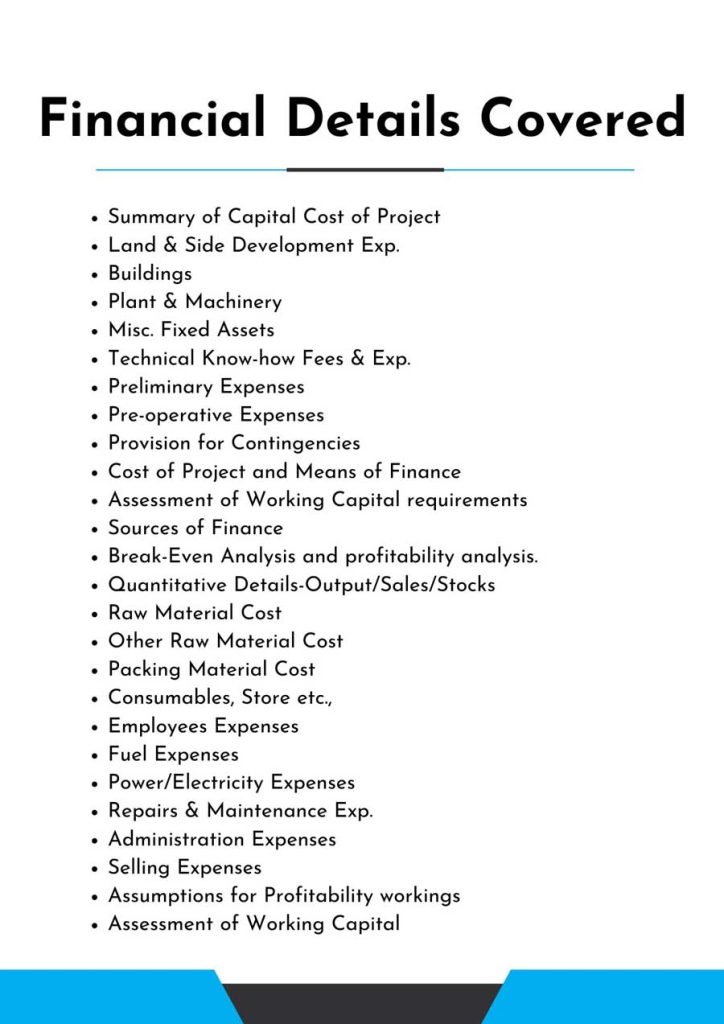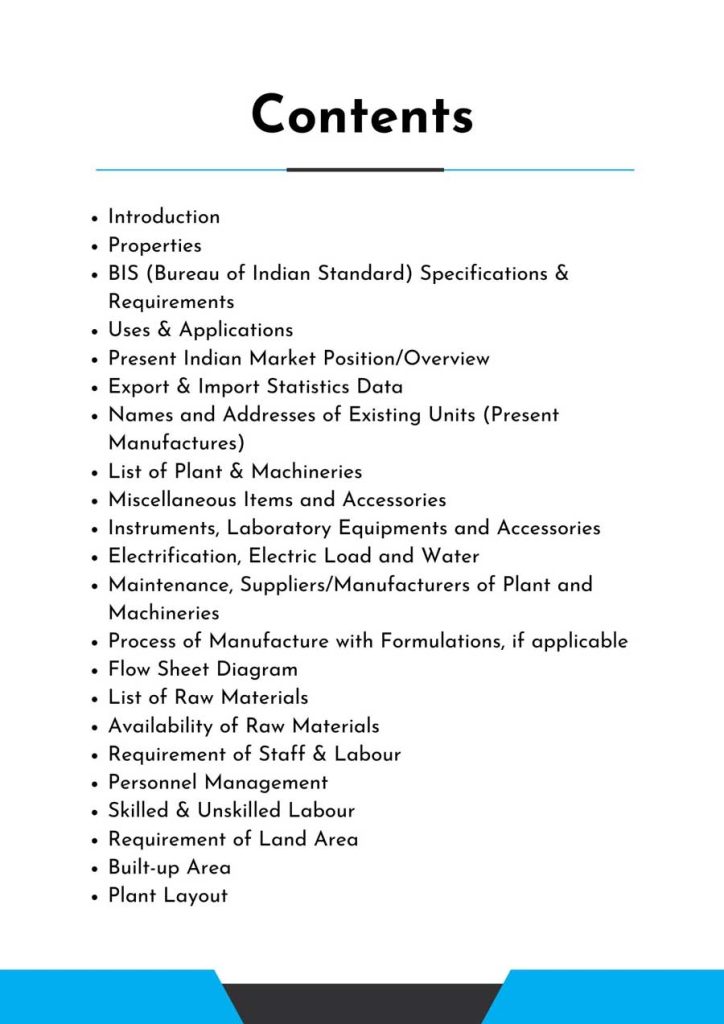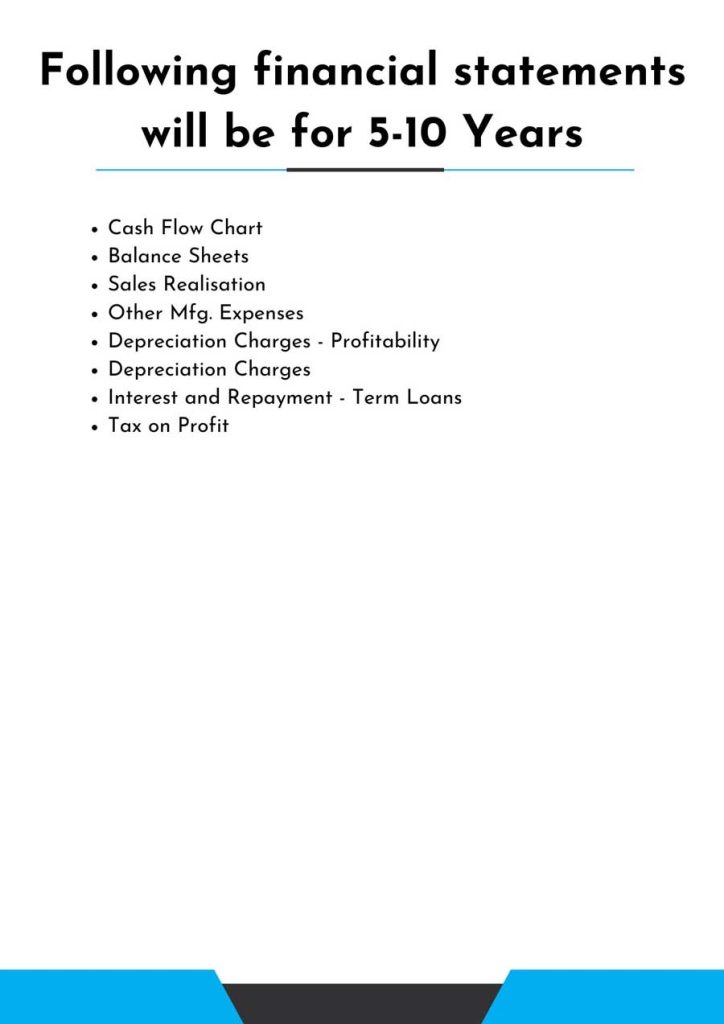Feasibility Report On Bike Manufacturers
The Project Report for Bike Manufacturing outlines the comprehensive plan for setting up a bike manufacturing unit. It covers aspects like market analysis, production process, financial projections, and regulatory requirements. A crucial tool for investors and stakeholders to evaluate the project’s feasibility and potential success.
Introduction
Feasibility Report For Bike Manufacturers.
Bike makers play an important part in the worldwide transportation economy by developing, manufacturing, and supplying bicycles for a variety of uses. Bicycles are adaptable, eco-friendly, and cost-effective modes of transportation that are frequently utilized for commuting, entertainment, exercise, and sports activities.
Bike makers cater to a wide range of consumer wants and tastes by offering a wide range of models, designs, and features. Bike manufacturing is a multi-stage process that begins with the design and engineering of the bicycle frame and components. Manufacturers use modern technology and materials to make lightweight yet durable frames that provide stability and best performance. Depending on cost, weight, and intended purpose, these frames may be made of aluminum, steel, carbon fiber, or titanium.
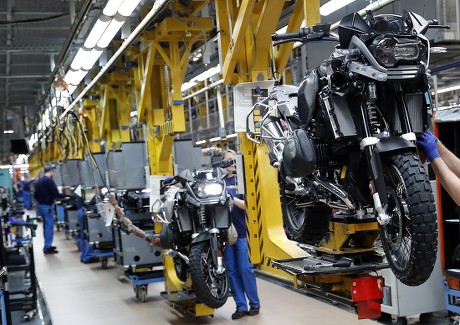
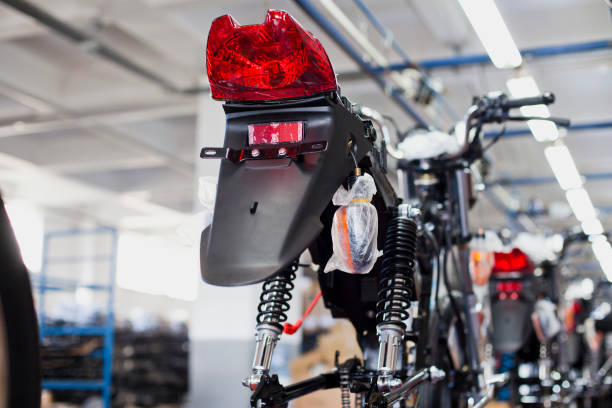
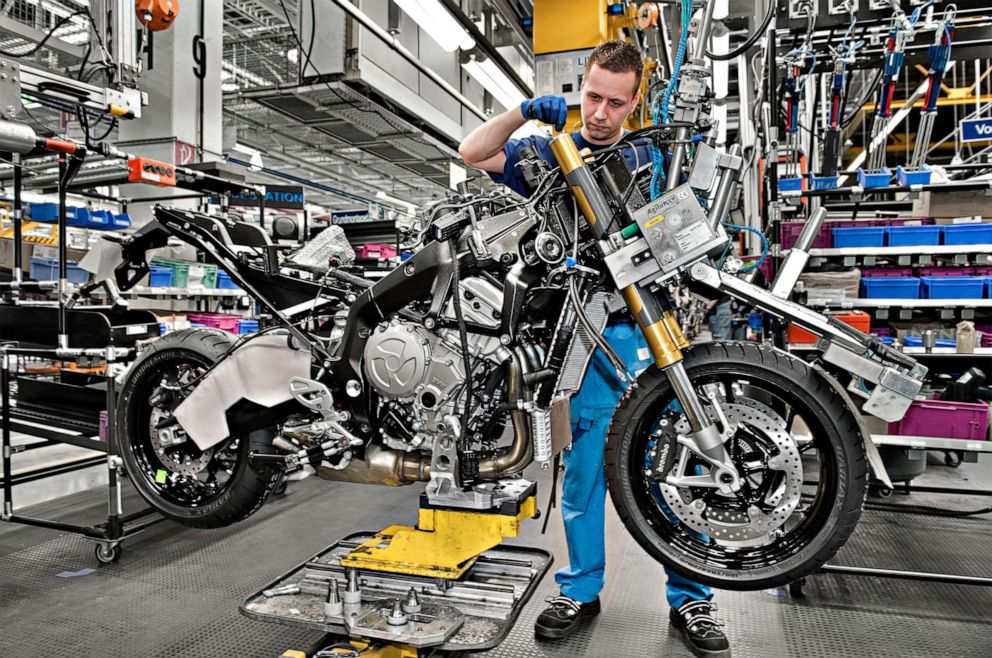
After the frame is built, bike makers connect numerous components such as wheels, tires, brakes, gears, and handlebars to create a completely working bicycle. These components are meticulously chosen and assembled to assure smooth operation, efficiency, and rider comfort. Quality control is an important component of bike production, with manufacturers undertaking stringent testing and inspection procedures to fulfill industry standards and laws.
This guarantees that the final product is safe, dependable, and capable of withstanding repeated use and diverse terrains. Bike manufacturers not only make ordinary bicycles, but also electric bikes (e-bikes) with electric motors and batteries. E-bikes provide an alternate means of transportation with aided pedaling, making them popular among commuters and those looking for a more comfortable cycling experience.
Feasibility Report Sample On Bike Manufacturers



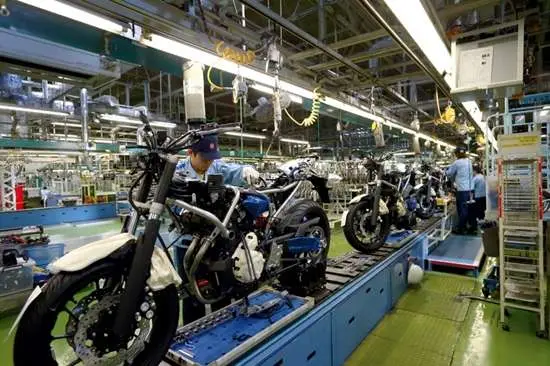
Market Strategy of Bike Manufacturers
The global motorcycle market was estimated at USD 119.55 billion in 2021 and is expected to increase at a CAGR of 8.6% from USD 129.83 billion in 2022 to USD 272.8 billion by 2030.
The global motorcycle market is divided into four categories: type, propulsion type, engine capacity, and geography. The Motorcycle Market is classified into three types: regular, sports, and cruiser. The Motorcycle Market is divided into two segments based on propulsion type: ICE and electric. The Motorcycle market is divided into four categories based on engine capacity: Up to 150 CC, 151-300 CC, 301-500 CC, 501-800 CC, 801-1000 CC, 1001-1600 CC, and Above 1600 CC. The motorbike market is divided into five regions: North America, Europe, Asia-Pacific, South America, and Middle East and Africa.
The standard segment has the largest global market share. The standard is the first form of motorized bike. Using current technology and traditional elegance, the handles are set in the upright seat in a pleasant manner. When the feet are in a natural position, the pedals and controls are also conveniently accessible. Standard bikes are on the lower end of the power spectrum since they are extremely forward and comfortable, making them suitable starter bikes.
With prices ranging from less than US$ 5,000 to more than US$ 10,000, the best possibilities are Kawasaki’s Z series and Honda’s CB series. Because of their well-known two-wheeler enterprises, India and Japan’s two-wheeler industries are the major contributors to the global motorized two-wheeler industry.

